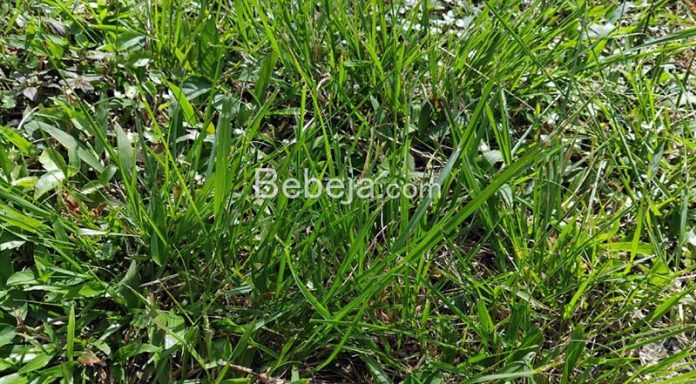The presence of weeds can be more detrimental to cultivated plants than to wild plants because they compete for nutrients and space, especially in the case of vines.
Weeds are plants that can adapt to the growth rhythm of cultivated plants. They are fast growing and have a high ability to regenerate, making them difficult to eradicate.
Weeds can be classified into three categories: grass weeds, broadleaf weeds, and weeds in general. Each of these weed classes has a different life cycle, ranging from annuals, such as Ageratum conyzoides (babadotan) and Cyperus difformis (teki), to perennials, such as Imperata cylindrica (alang-alang) reeds that can live up to 3 years.
Weed infestation in annual cultivated crops, particularly fruit crops, can result in a 40% reduction in productivity in the field. However, in annual crops, the effects of weed competition can be overcome immediately. Studies have shown that weed-induced production reductions can reach up to 10% in rice, 13% in maize, 15.7% in sugarcane, 11.9% in cocoa, and 11.8% in groundnuts.
Weeds can become hosts for pests and diseases, leading to attacks on crops. For instance, Lersia hexandra and Cynodon dactylon are host plants for the rice ganjur pest. Weeds also contain allelopathic compounds, which are secondary metabolites that can interfere with the growth of the main crop. Research on vegetable crops has shown that root and leaf extracts of alang-alang can inhibit the germination of soya beans and broad beans.
Mechanical weed control involves directly pulling weeds using tools such as sickles, hoes, or heavy equipment. Flooding sandy soil types with good porosity is another effective method. Additionally, the use of mulch can inhibit weed growth. However, herbicides are often preferred due to their quick and cost-effective results.
